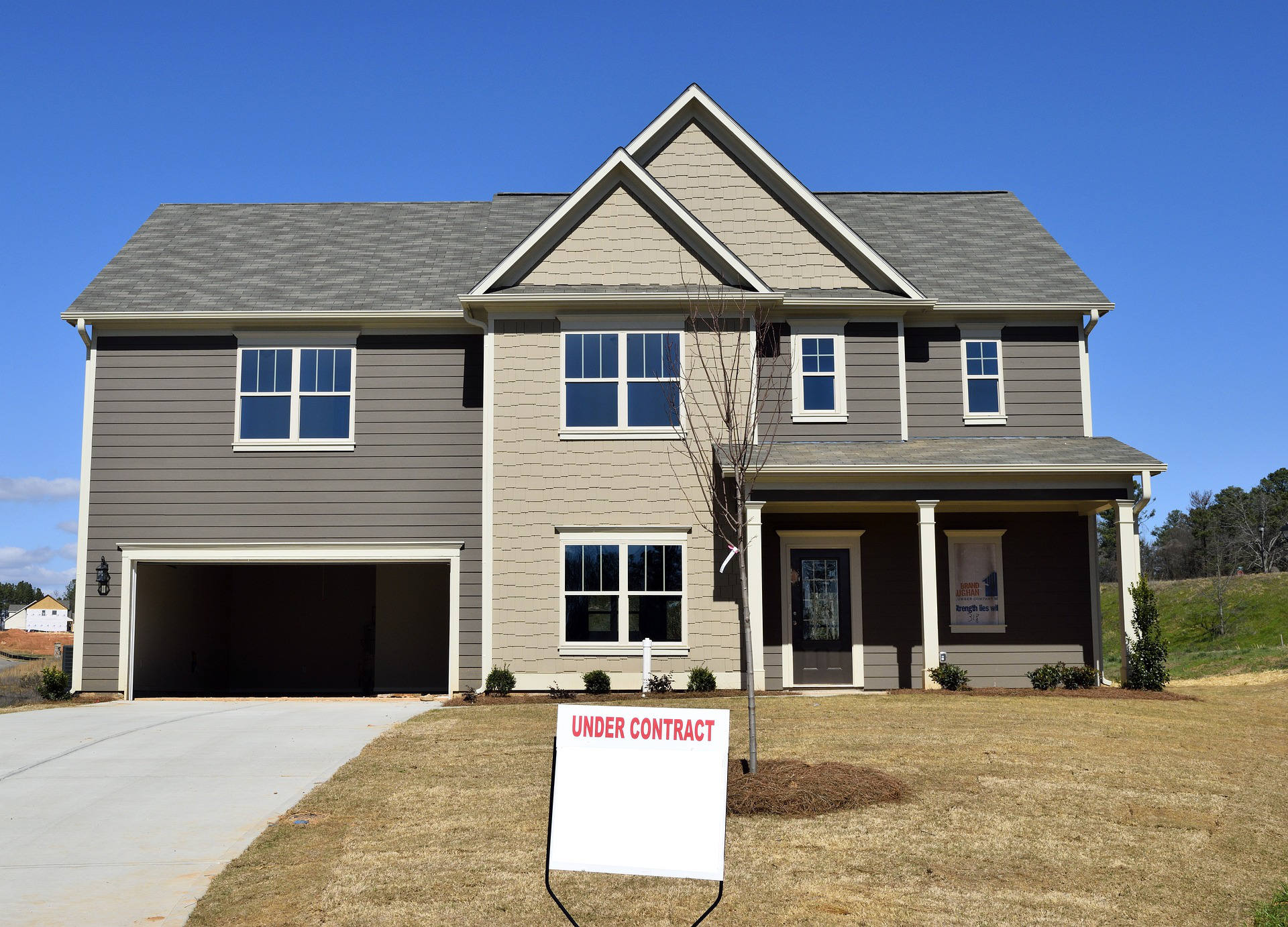Radon is a colorless gas that is odorless, radioactive, and can infiltrate your house through the foundation. Over time, prolonged radon exposure can cause severe health issues, including lung cancer. Radon exposure is the second most significant cause of lung cancer in the United States and is the primary factor for lung cancer among non-smokers. Understanding your home’s radon levels is essential in reducing health risks.
Why Testing Your Home for Radon Is Crucial
The only way to know if your home has a radon problem is to conduct a radon test. Radon testing is the first and most crucial step in identifying potential risks. Due to soil composition and foundation differences, Radon can vary significantly from one home to the next, even in the same neighborhood. Once you receive your test results, the next question is whether mitigation is necessary.
Understanding Radon Action Levels
To determine whether mitigation is necessary, it’s essential to understand radon action levels and what they mean for your home. Organizations like the EPA and WHO set guidelines for permissible radon exposure levels. However, these guidelines can be confusing without the proper context.
The average radon concentration outdoors in the United States is about 0.4 picocuries per liter (pCi/L), while the indoor average is 1.3 pCi/L. In some areas, such as Utah, radon levels are significantly higher due to the natural presence of uranium in the soil, with an average indoor level of 5.3 pCi/L. This can equate to a cancer risk similar to smoking ten cigarettes daily.
The EPA and WHO agree that there is no entirely “safe” level of radon exposure, but they have set action levels to guide homeowners. The EPA advises taking steps if radon concentrations reach 4.0 pCi/L or above, whereas the WHO sets an action threshold at 2.7 pCi/L. These levels are intended as guidelines, but there is a significant gray area that often leads to confusion.
What Does “Consider Mitigation” Mean?
When the EPA suggests that homeowners “think about” mitigation for radon levels between 2.0 and 4.0 pCi/L, it’s crucial to recognize that this doesn’t automatically imply that swift action is needed. In this range, it’s up to the homeowner to assess the situation based on several factors, such as how much time is spent in the area with the highest radon concentration, the structure of the home, and whether the space is frequently used or occupied.
For example, if your home’s lower levels are unfinished, unoccupied, or rarely used, mitigation may not be as urgent. However, reducing radon exposure becomes more critical if this space is actively used, such as a basement where family members spend time or sleep.
Mitigation Options and Health Risks
Radon mitigation aims to reduce radon levels as much as possible to lower the risk of lung cancer. Even if your radon levels are slightly above the recommended limit, the health risks still exist, especially if family members spend considerable time in areas with elevated radon concentrations. Radon levels fluctuate due to weather conditions and changes in the home’s air circulation, so retesting every couple of years or after structural changes is a good practice.
Should You Mitigate for Levels Between 2.0–4.0 pCi/L?
If your home tests between 2.0 and 4.0 pCi/L, the decision to install a radon mitigation system depends on your circumstances. Suppose anyone in your home has respiratory issues, young children, or elderly family members. In that case, it’s wise to take extra precautions and consider mitigation even at the lower end of this range. If the lower levels of your home are used frequently and the radon concentration is consistently near or above 2.0 pCi/L, then installing a mitigation system is a sensible option.
The EPA’s 4.0 pCi/L guideline is based on testing technology from over three decades ago, and modern radon mitigation systems are more effective than ever. Therefore, even if your levels are below 4.0 pCi/L, aiming for the lowest possible concentration to reduce health risks is always beneficial.
Retesting and Monitoring Your Radon Levels
Planning for regular retesting is essential if you decide against immediate mitigation for levels between 2.0 and 4.0 pCi/L. Radon concentrations may fluctuate over time due to environmental influences such as changes in temperature or alterations made to the home. Since radon concentrations tend to be higher in colder months, retesting during winter if your initial test was conducted during warmer weather is essential. This will give you a more accurate picture of your year-round radon exposure.
Radon Level Reference Guide
To help you make an informed decision, here’s a quick reference guide based on the EPA and WHO’s guidelines for radon levels:
- 0.0–1.9 pCi/L: No immediate mitigation is needed. Retest every 2 years or after any structural changes to the home.
- 2.0–2.6 pCi/L: Consider mitigation based on how much time is spent on the home’s lowest floor.
- 2.7 pCi/L or higher: Radon mitigation is recommended.
Conclusion
Ultimately, while radon levels between 2.0 and 4.0 pCi/L may not always require immediate mitigation, it’s essential to consider the long-term health risks and the specific circumstances of your home. Even at these levels, taking steps to reduce exposure can lower the risk of lung cancer over time. If in doubt, consulting a professional radon mitigation service can help guide you through decision-making. The goal should always be to keep radon exposure as low as possible for the health and safety of your household.





